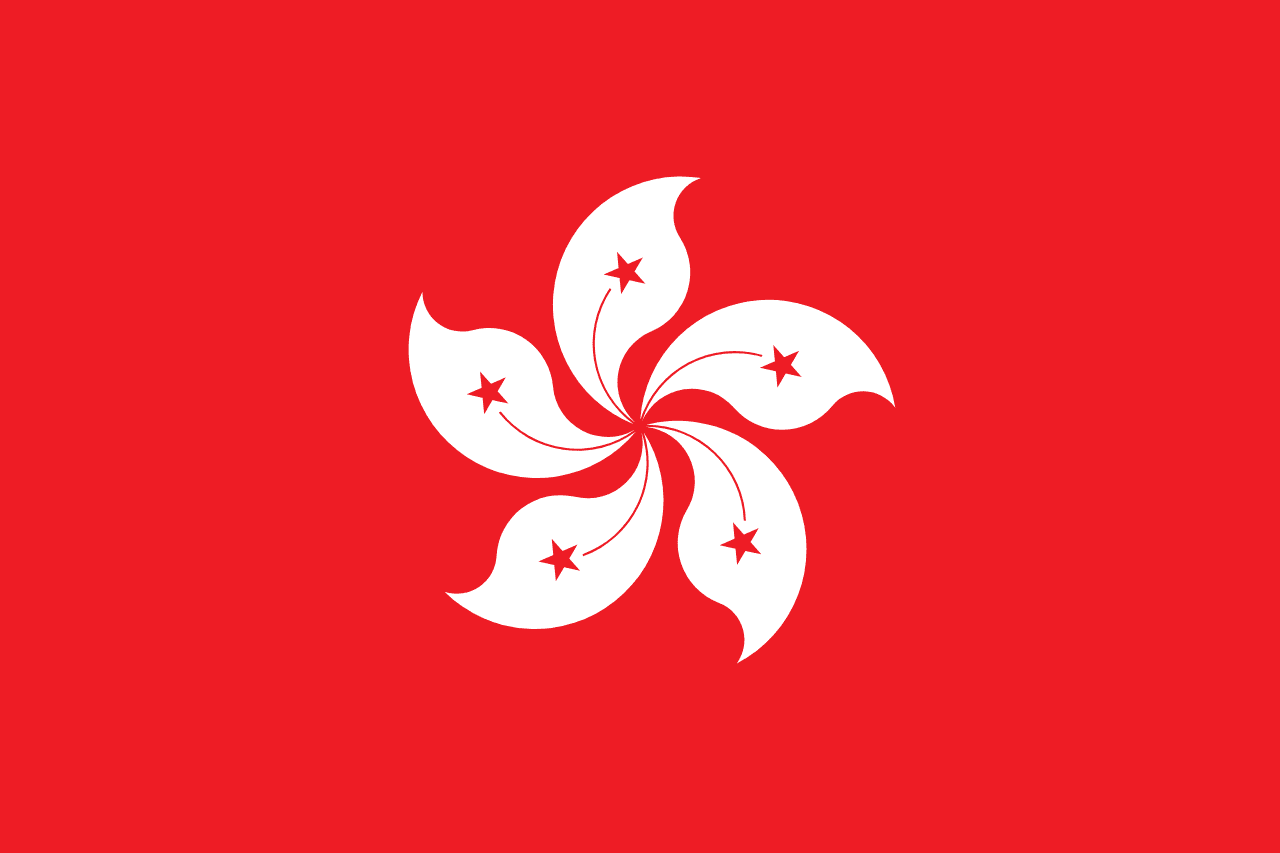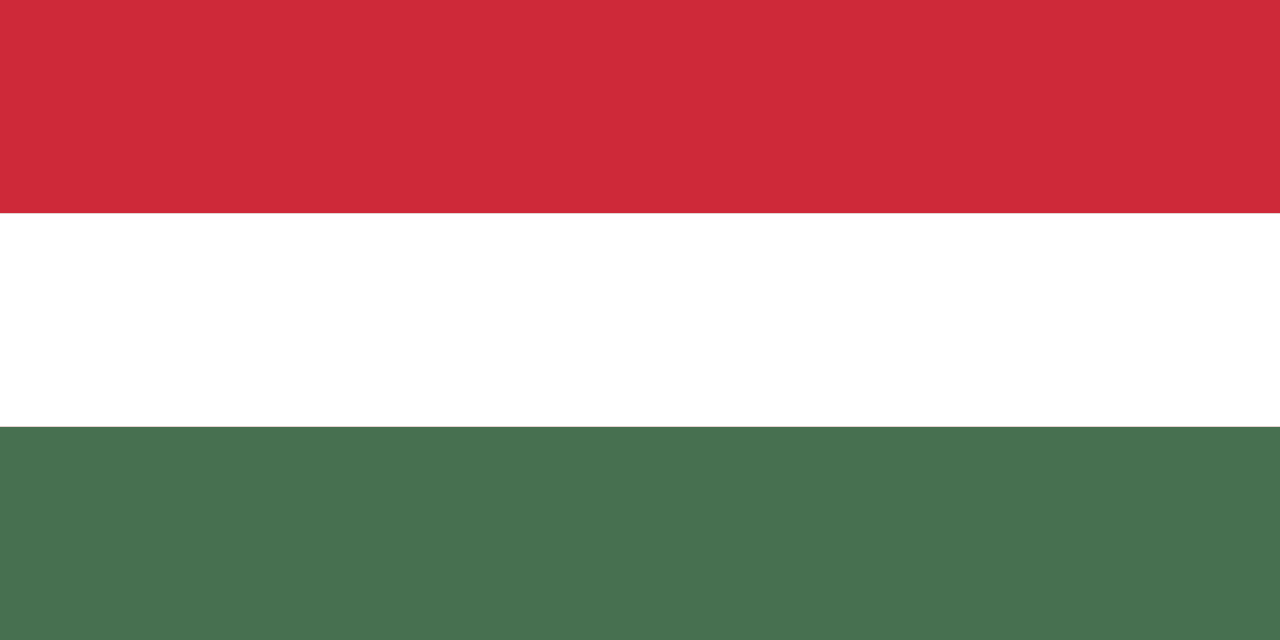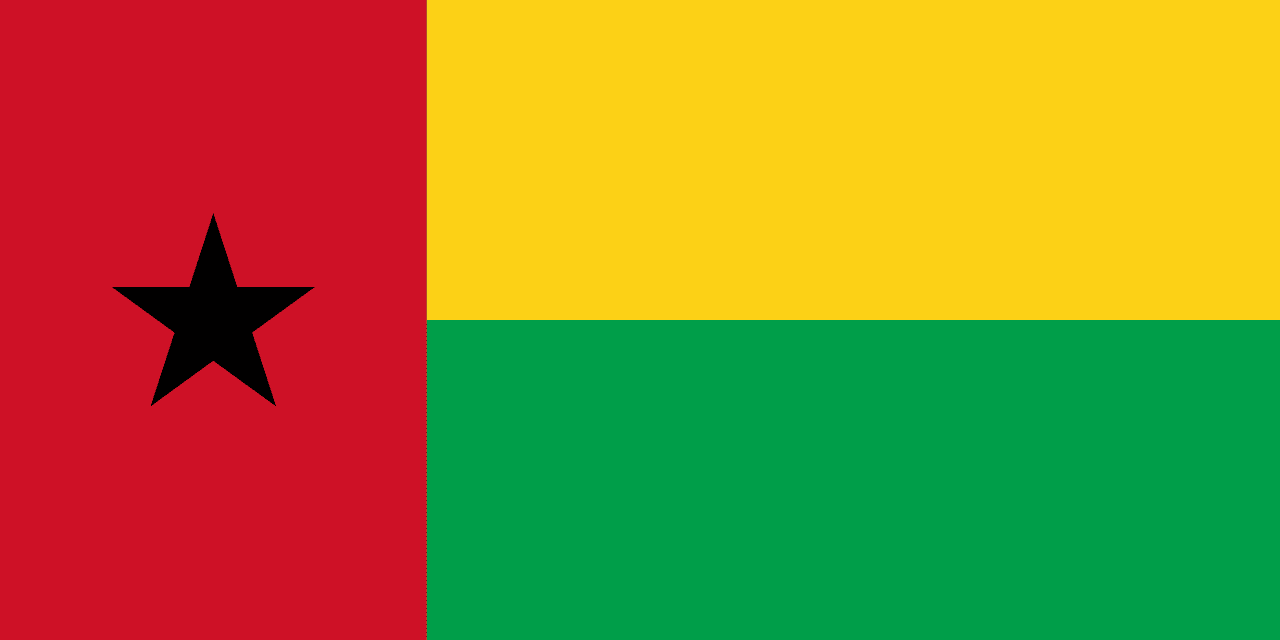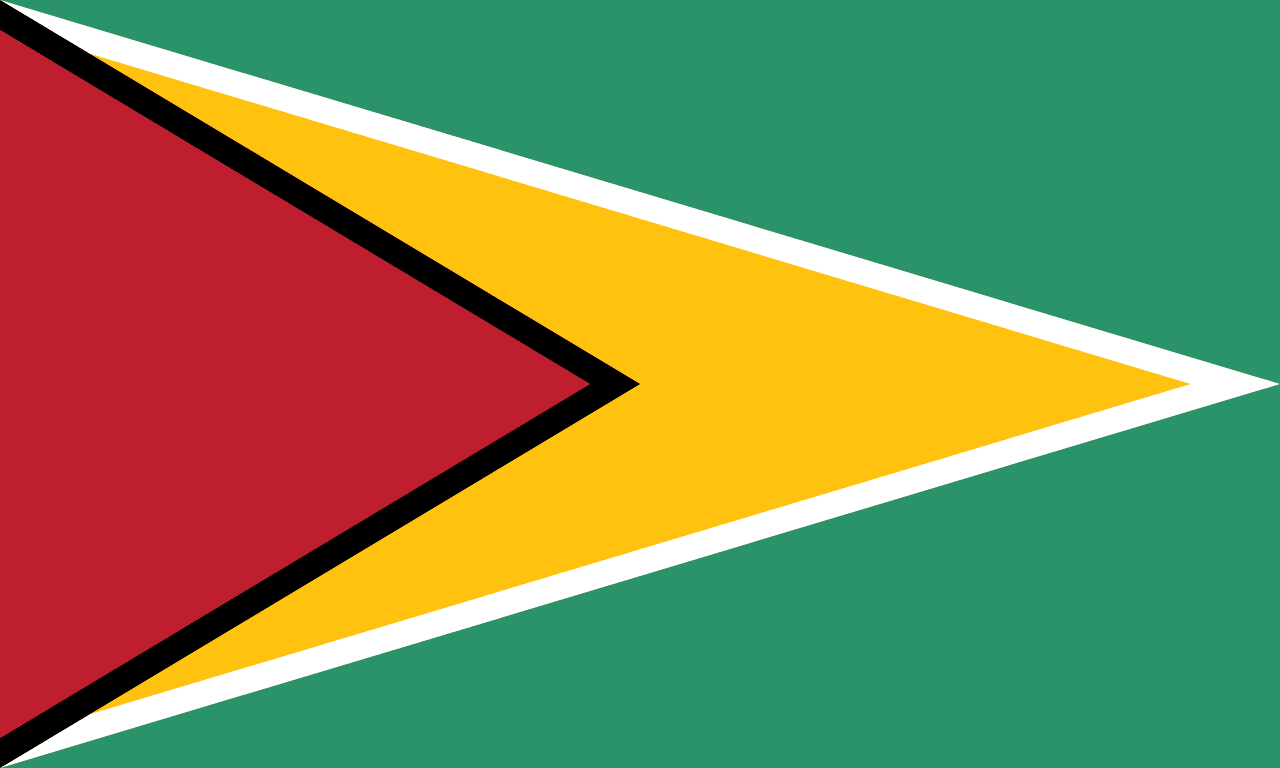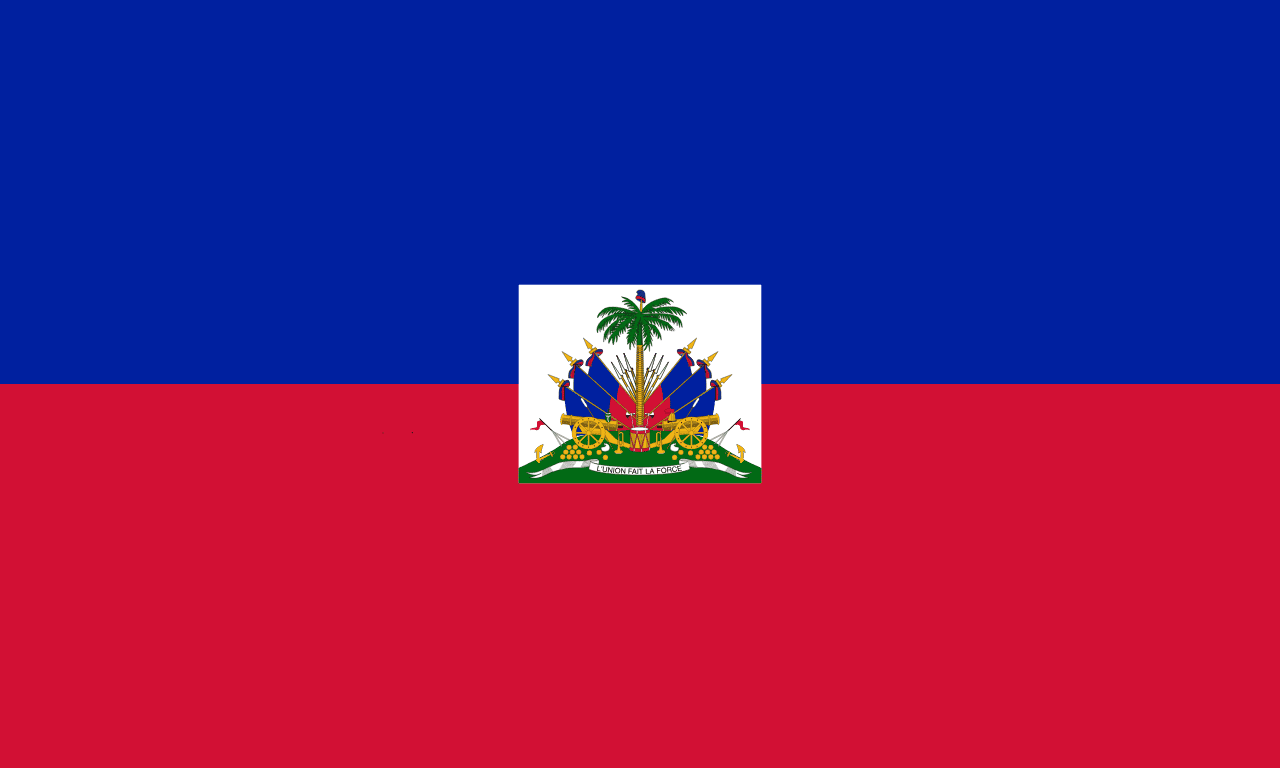The flag of Honduras consists of three horizontal stripes: two blue stripes at the top and bottom, with a white stripe in the middle. Centered on the white stripe are five blue, five-pointed stars arranged in an X pattern. This design, rich in symbolism, reflects Honduras's history, geography, and aspirations.
Honduras information
| National Flag Day | — |
| Sovereign state | Yes |
| Official name | Republic of Honduras |
| Capital | Tegucigalpa |
| Population | 9,587,522 |
| Area | 112,492 km² |
| Currency | Honduran lempira (HNL) |
| Language | Spanish |
| Continent | North America |
| Region | Central America |
| Subregion | — |
| Borders | Guatemala, El Salvador, Nicaragua |
| Timezone | Central America Time (CAT) UTC-6 |
| Calling code | +504 |
| Top-level domain | .hn |
History of the Honduran Flag
 The current flag of Honduras was officially adopted on January 9, 1866, although its basic design dates back to 1839 when Honduras left the Federal Republic of Central America. The flag's design was inspired by the flag of the United Provinces of Central America, a short-lived federation that existed from 1823 to 1839, of which Honduras was a part.
Over the years, the flag has undergone minor modifications. Initially, the stars were arranged in a circle, but in 1866, they were rearranged into their current X formation. The shade of blue has also varied slightly over time, with the current version using a lighter blue compared to earlier designs.
The current flag of Honduras was officially adopted on January 9, 1866, although its basic design dates back to 1839 when Honduras left the Federal Republic of Central America. The flag's design was inspired by the flag of the United Provinces of Central America, a short-lived federation that existed from 1823 to 1839, of which Honduras was a part.
Over the years, the flag has undergone minor modifications. Initially, the stars were arranged in a circle, but in 1866, they were rearranged into their current X formation. The shade of blue has also varied slightly over time, with the current version using a lighter blue compared to earlier designs.
Symbolism and Design of the Honduran Flag
Each element of the Honduran flag carries deep symbolism:
- The blue stripes represent the Pacific Ocean to the west and the Caribbean Sea to the east, highlighting Honduras's geographical position.
- The white stripe symbolizes peace, prosperity, and the land between the two bodies of water.
- The five blue stars represent the five original member states of the Federal Republic of Central America: Honduras, Costa Rica, El Salvador, Guatemala, and Nicaragua.
- The X arrangement of the stars is said to represent the hope that the nations of Central America will one day reunite.
The use of blue and white also connects Honduras to its Central American neighbors, as these colors are common in the flags of the region. This shared color scheme underscores the historical and cultural ties among these nations.
Usage and Significance of the Honduran Flag
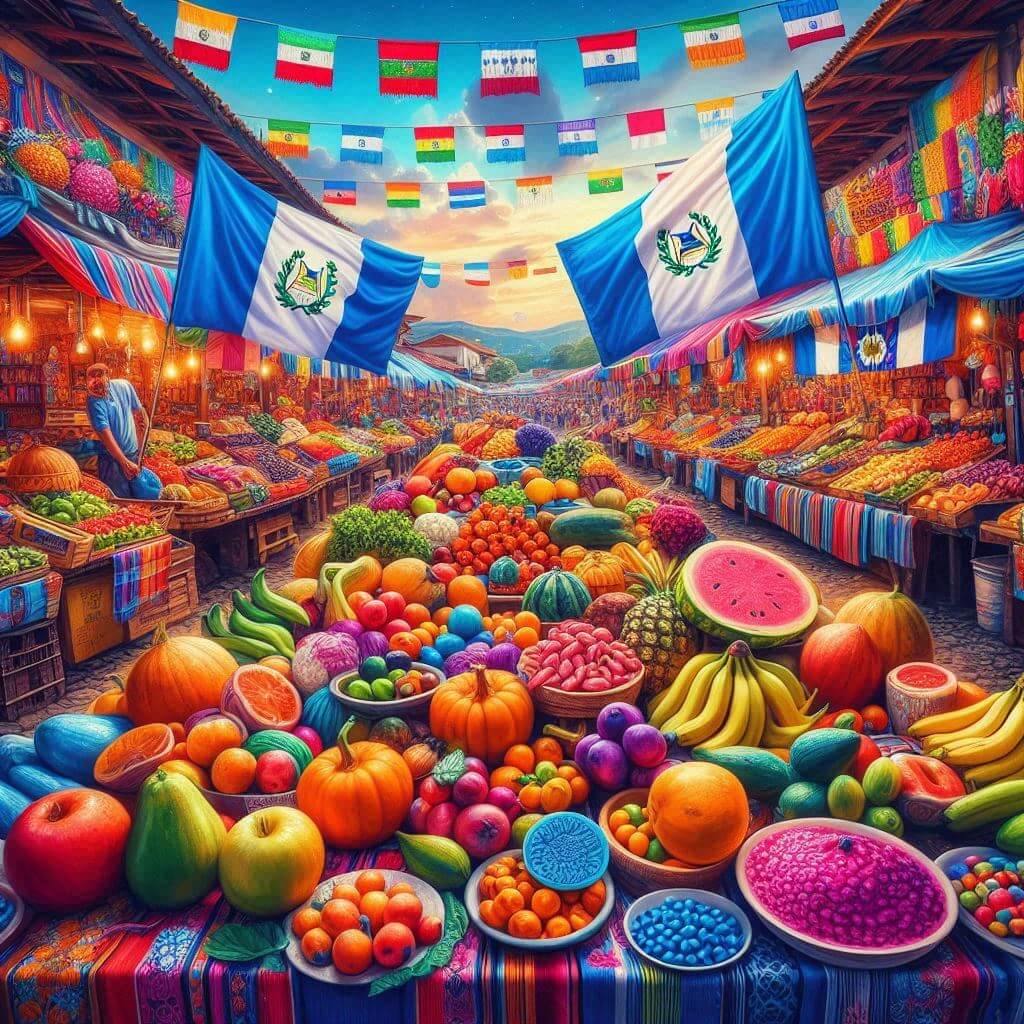 The flag of Honduras is a powerful symbol of national identity and pride. It is prominently displayed on government buildings, schools, and during national holidays and events. September 15th, Honduras's Independence Day, sees widespread use of the flag in parades and celebrations across the country.
In educational settings, the flag plays a crucial role in civic education. Students learn about its history and symbolism, often participating in flag-raising ceremonies. The flag is also an important element in military and police ceremonies, embodying the ideals of service and national defense.
Internationally, the Honduran flag represents the nation in diplomatic settings, international sporting events, and global forums. Its presence serves as a visual reminder of Honduras's sovereignty and its place in the global community.
The flag of Honduras is a powerful symbol of national identity and pride. It is prominently displayed on government buildings, schools, and during national holidays and events. September 15th, Honduras's Independence Day, sees widespread use of the flag in parades and celebrations across the country.
In educational settings, the flag plays a crucial role in civic education. Students learn about its history and symbolism, often participating in flag-raising ceremonies. The flag is also an important element in military and police ceremonies, embodying the ideals of service and national defense.
Internationally, the Honduran flag represents the nation in diplomatic settings, international sporting events, and global forums. Its presence serves as a visual reminder of Honduras's sovereignty and its place in the global community.
Interesting Facts About the Honduran Flag
- The X arrangement of stars on the Honduran flag is unique among national flags, setting it apart from other designs in Central America and around the world.
- Honduras shares the blue-white-blue triband design with several other Central American nations, reflecting their shared history as part of the Federal Republic of Central America.
- The flag is sometimes referred to as "Pabellón Nacional" (National Pavilion) in Honduras.
- In addition to the national flag, Honduras has a state flag that includes the national coat of arms. This version is used for official government purposes.
- The shade of blue used in the flag has varied over time. In 2022, there was discussion about standardizing the exact shade of blue to ensure consistency in flag production.
- The Honduran flag is featured prominently on the country's coins and banknotes, reinforcing its significance in daily life.
